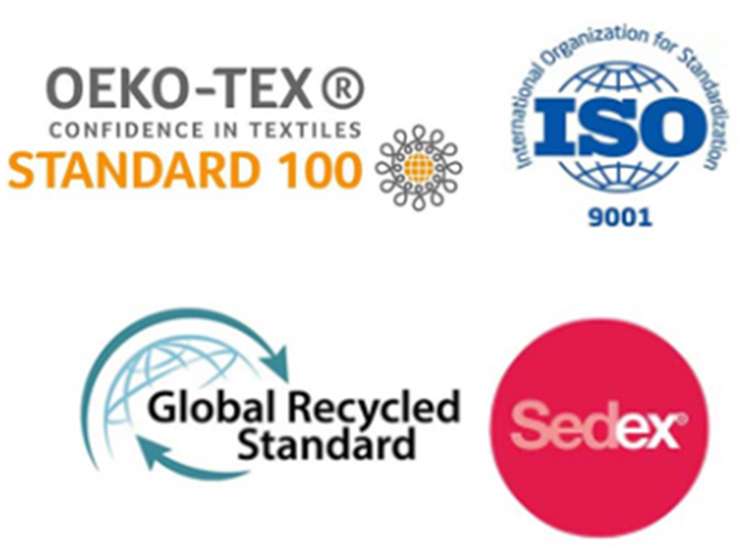As the world becomes increasingly aware of environmental issues, the fashion industry is undergoing a transformation. Eco-consciousness is no longer a niche trend but a mainstream demand, and swimwear is riding the forefront of this wave. For swimwear manufacturers, this shift represents both a challenge and an opportunity to redefine their swimwear collections and the very fabrics they use.
The Rise of Sustainable Swimwear
The swimwear market has seen a surge in demand for environmentally friendly options. Consumers are becoming more educated about the impact of their purchases and are seeking out brands that align with their values. This is where sustainable swimwear comes into play. It's not just about creating a product; it's about creating a movement towards more responsible consumption.
The Importance of Material Innovation
The heart of eco-conscious swimwear lies in the materials used. Traditional swimwear fabrics such as nylon and polyester are derived from petroleum, a non-renewable resource with a heavy environmental footprint. Swimwear manufacturers are now turning to innovative materials such as recycled plastics, organic cotton, and even fabrics made from ocean waste. These new swimwear fabrics not only reduce the industry's reliance on fossil fuels but also help clean up our oceans and waterways.
The Eco-Swimwear Market Potential
The market for eco-friendly swimwear is burgeoning. A report by Allied Market Research suggests that the global eco-friendly fashion market is set to grow significantly, and swimwear is a key segment within this market. Brands that are quick to adopt eco-conscious principles have the potential to capture a significant share of this growing market.
Business Strategies for Sustainable Swimwear
For businesses, the move towards sustainable swimwear is not without its hurdles. However, these challenges also present unique opportunities:
1. Brand Differentiation: By incorporating eco-friendly practices, brands can distinguish themselves from competitors and appeal to a growing base of environmentally conscious consumers.
2. Supply Chain Transparency: Consumers are demanding more transparency. Companies that can provide clear information about where and how their swimwear is made may gain customer trust and loyalty.
3. Innovation and Collaboration: There is ample room for innovation in sustainable materials and production processes. Partnerships with researchers and biotech firms can lead to breakthroughs in sustainable swimwear fabrics.
4. Marketing and Storytelling: Eco-conscious swimwear isn't just a product; it's a story. Brands that can effectively communicate their sustainability journey can create a strong emotional connection with their customers.

Transitioning to eco-friendly materials can be cost-intensive and may require changes in supply chain management. Additionally, the industry must work to ensure that the environmental benefits of these materials are not offset by other aspects of the production process, such as energy use and water consumption.
The future of swimwear is undoubtedly green. As consumers continue to prioritize sustainability, swimwear manufacturers and retailers must adapt their collections to meet this demand. The journey towards eco-conscious swimwear is not just a passing trend but a critical evolution that speaks to the heart of environmental responsibility and innovation.









